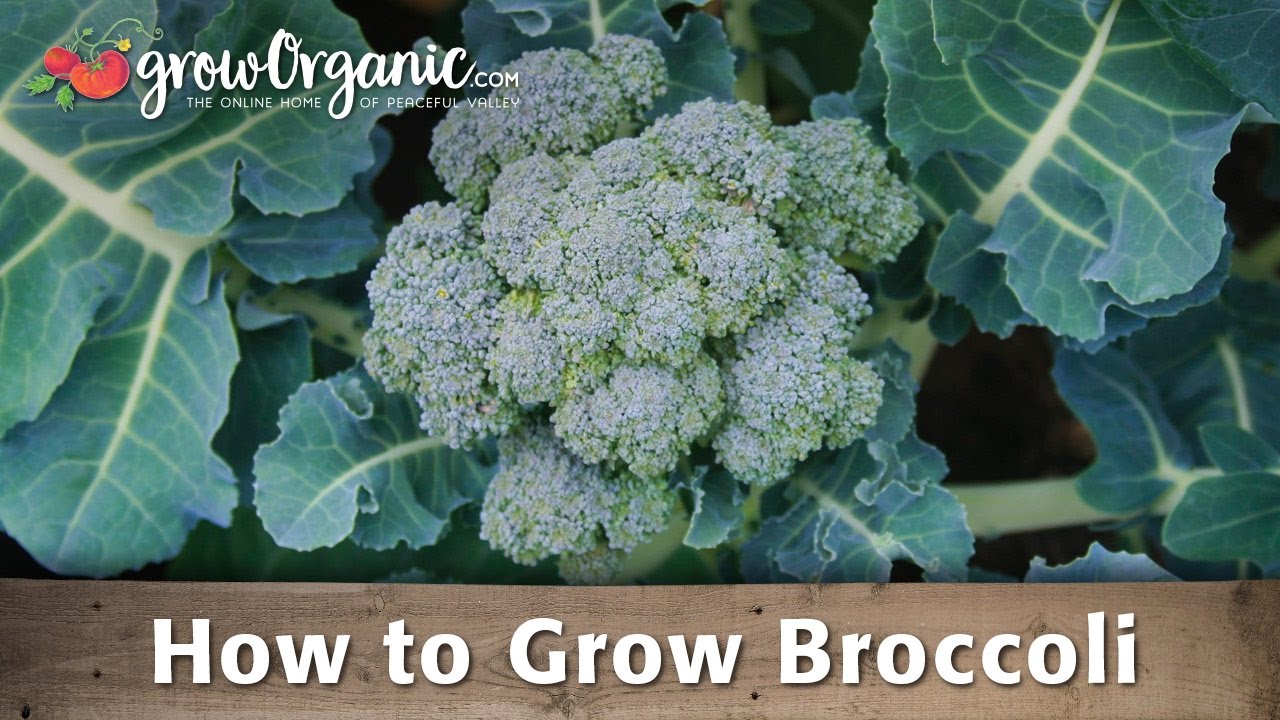Broccoli is a member of Cruciferae family closely related to cauliflower but differs in nutritional composition. It is a high-value vegetable equipped with certain nutritional and health compounds i.e. minerals, vitamins, carotenoids, beta carotenoids and particularly most significant glucosinolates (anticancer agent). All of these regulate and play an important role in various metabolic processes in the human body.
Different Broccoli cultivars vary among each other with respect to growing habit i.e. head size and shape, days to maturity and disease resistance. With this varying degree of differences in growth characters, different broccoli cultivars are grown in different regions throughout the world. There are different types of cultivars such as green, white and purple but generally green varieties are growing successfully which are mostly early maturing (60-70 days). Popular growing cultivars are F1 hybrids with greater uniformity. Like other Cole crops broccoli is also a cool season crop, requiring 15-20 °C with a mean temperature of 24 °C for optimum growth and development. Regarding Pakistan, November to February are availability months of broccoli. While an abrupt rise in temperature early in the season may cause bolting, a major threat to broccoli production in Pakistan.
[ads-quote-center cite=’Authors’]Waseem Iqbal1, Muhammad Muzammil Jahangir1*, Chaudhry Muhammad Ayyub1, Muhammad Ahsan Khatana1 and Mujahid Ali1 1Instittute of Horticultural Sciences, University of Agriculture, Faisalabad, Pakistan *Corresponding author email: muzammil_jahangir@hotmail.com[/ads-quote-center]
Good management practices (GMP) are essential for best growth, optimum yield, and prime quality. GMP include the use of recommended varieties, selection of adaptive soils, control of weeds, control of pests and diseases, good seedbed preparation, proper seeding methods, and timely harvesting. Foremost, broccoli grows best on well-drained, loam to clay soil with good water holding capacity depending upon cultivar. Prepare land about one month before sowing. 15-20 tons of decaying FYM per hectare should be added to the soil. Optimum fertilizer supply is a precursor to good quality broccoli production that is also dependent upon suitable soil pH for optimum nutrient supply. Therefore, soil pH in the range of 6.0-6.8 along with 200-250 kg nitrogen/ha is suitable for broccoli cultivation. Nitrogen should be applied in spilt doses, with 40-50% at the time of soil preparation before planting by broadcasting while remaining quantity to be side-dressed after 20-25 days of planting. Whereas, the nitrogenous application should also be carefully managed because buttoning is a major issue in broccoli cultivation that could be ascribed to the excessive nitrogenous application along with heat stress conditions. Only macronutrients are not necessary for favorable growth and development, timely application of micronutrient is also essential. Similarly, broccoli is most susceptible to boron deficiency that leads to hollow heart and hollow stem.
Broccoli is generally cultivated by both direct sowing and transplanting methods but the latter method is most common. However, for direct sowing 2 kg/ha seed is usually recommended while on the other hand, for transplanting 500 to 800 g/ha seed is recommended. For transplanting, the nursery should be grown in September -October in plug trays under greenhouse or control conditions. Transplanting should be done at 2-3 true leave stage or 3 to 4-week old seedlings with the spacing of 60×45 cm on ridges and furrows. Whereas in the case of direct sowing method thinning is done after 20-25 days of sowing.
Irrigation requirements depend upon soil and weather conditions. Irrigation requirement for broccoli is less therefore frequent irrigation is not recommended for its cultivation. Light irrigation with a 15-20 days interval is best for growth and development. Cultural practices like weed control and hoeing should be practiced accordingly by both mechanically or manual means as well as chemically through registered herbicides.
Diseases and Pests are the major problems that limit the broccoli production including damping off, downy mildew, black rot, club rot, blackleg, cabbage butterfly, diamond black moth, red rot and brown rot. Certain physiological disorders also affect yield and quality of broccoli like buttoning, hollow heart, hollow stem and yellowing (post-harvest disorder). Resistant cultivars of broccoli should be planted in winter. Fumigation before planting may inhibit fungal diseases.
Regarding harvesting, broccoli should be harvested at the proper maturity stage particularly when the buds head are firm and tight prior to heads flower and petals show yellow color it should be harvested immediately. For optimum quality, better taste and enhanced freshness, harvesting should be done early in the morning before the soil heats up. Heads should be of suitable size (6 inches) from the stem. If broccoli is washed with water after harvesting, then it is necessary to dry it. It is particularly susceptible to high temperature wilting. Broccoli should be packed immediately after harvesting to maintain its shelf life. If 1-2 hours delay happens between harvesting and packaging, water immersion or spray can help to prevent dehydration and overheating. Whereas injured and diseased leaves should be removed and packed in an appropriate material. With 0-4 °C and 90% Relative humidity broccoli can be stored with optimum quality and preserved freshness.


